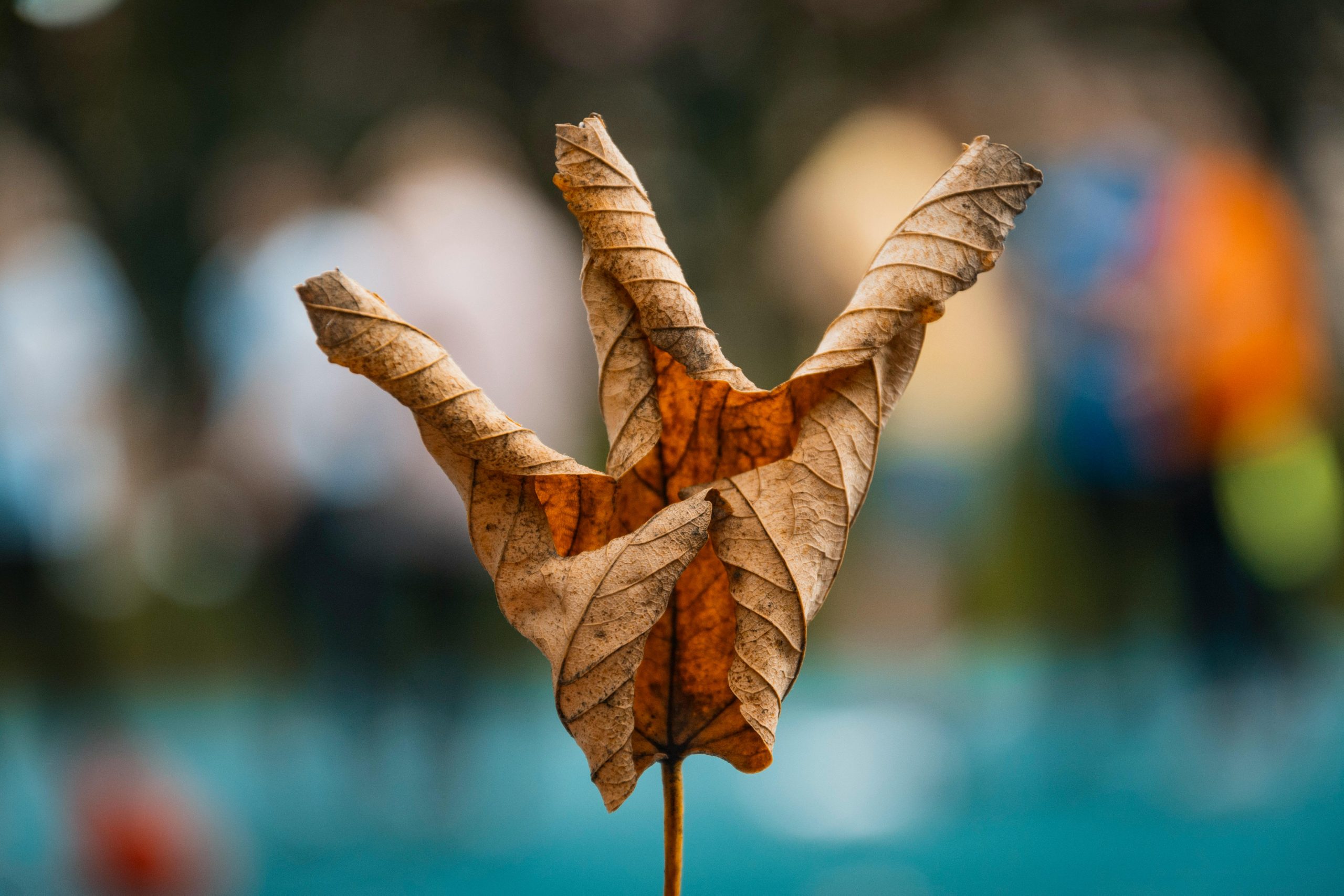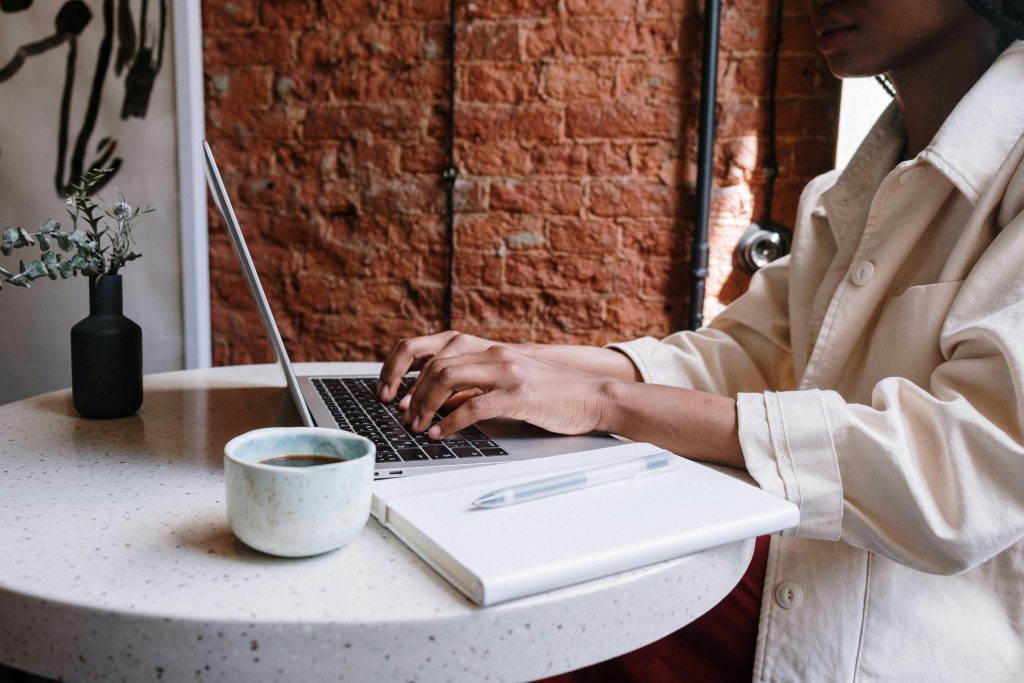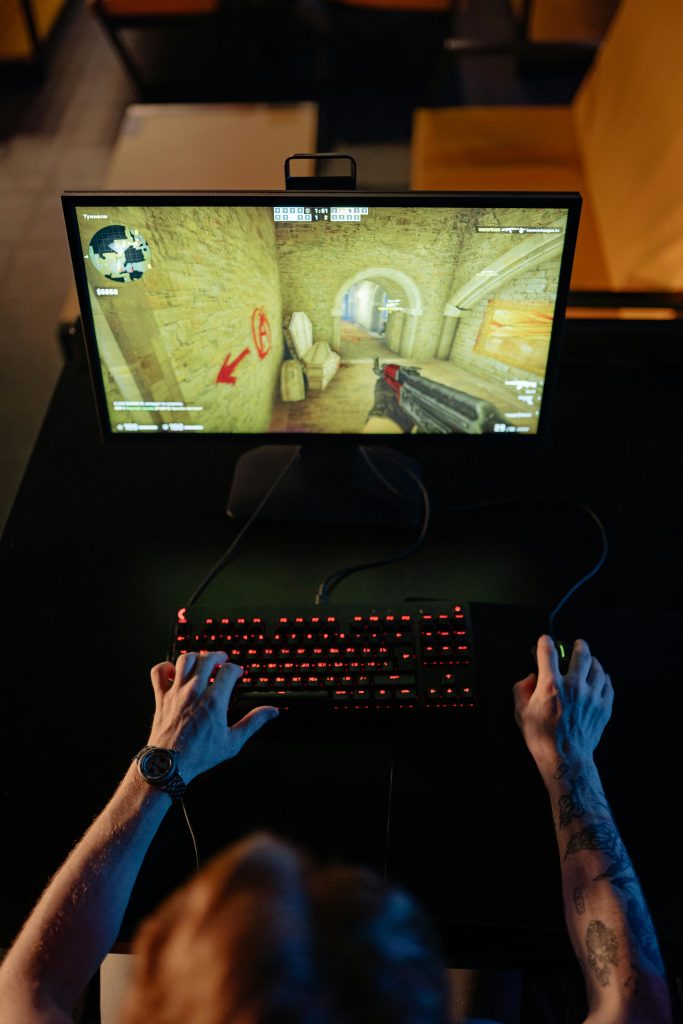Capturing the Moment: The Art of the Die Shot
In the world of photography, capturing the perfect moment can often feel like a thrilling challenge. One particularly fascinating technique that has gained popularity is the “die shot.” This method encourages photographers to focus intently on the nuances of their subject, revealing intricate details that might otherwise go unnoticed.
A die shot isn’t just about showcasing a particular object; it’s about telling a story. Whether it’s the delicate textures of nature, the vibrant colors of urban life, or the subtle expressions of human emotion, this technique allows photographers to delve deeper, inviting viewers to engage with the image on a more profound level.
To master the die shot, it’s essential to hone your observational skills. Pay close attention to lighting, composition, and the unique characteristics of your subject. Experiment with various angles and perspectives until you find the one that captures the essence of your subject most effectively.
So, the next time you grab your camera, consider exploring the die shot technique. You might just discover a whole new world of detail and storytelling that will transform the way you approach your photography. Happy shooting!
Share this content:




Thank you for sharing this insightful article on the die shot technique. As a technical support engineer, I recommend ensuring your camera settings are optimized for capturing fine details—use a macro lens if possible, and consider shooting in RAW format to retain the maximum amount of image data. Proper lighting is crucial; diffused natural light or controlled studio lighting can help highlight intricate textures without harsh shadows.
If you’re experiencing issues with capturing sharp details, check your camera’s focus settings—manual focus often provides better control for macro shots. Additionally, using a tripod can stabilize your shot and reduce blur. Don’t forget to experiment with different apertures; a smaller aperture (higher f-stop) increases depth of field, keeping more of your subject in focus.
Should you encounter any technical difficulties or need further assistance with camera settings or photography techniques, feel free to reach out. Happy shooting, and looking forward to seeing your detailed die shot images!